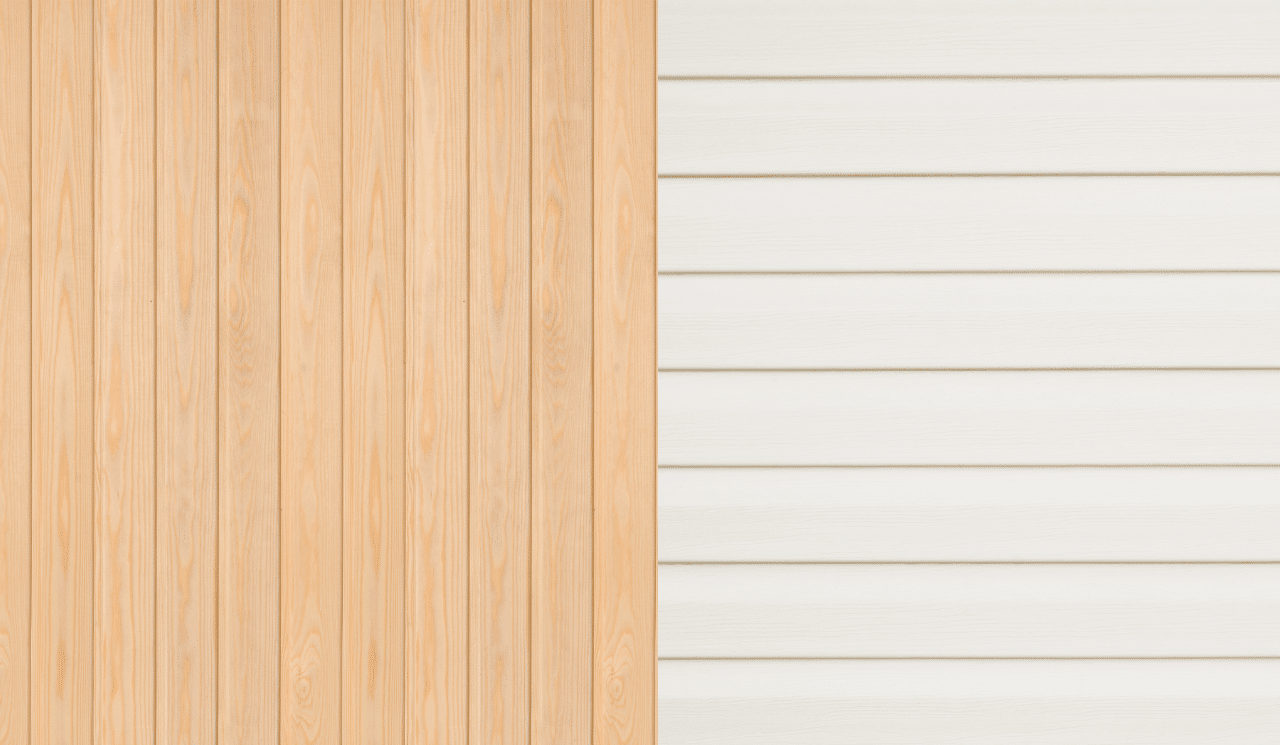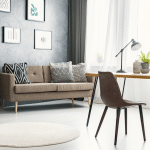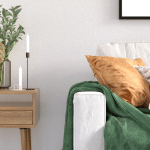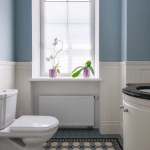Panelling is a popular design feature that can add both visual interest and practical benefits to a room. If you’re new to panelling, you may be better off starting with our what is meant by panelling in the home? blog first. Otherwise, it refers to the use of decorative panels and fixing them onto the walls of a room in the home, being made from a variety of materials, including wood and plastic. In this article, we’ll take a closer look at the differences between wood and plastic panelling, and explore the advantages and disadvantages of each.
Panelling has been a popular design feature for centuries, and can be found in homes of all styles, from traditional to modern. It can be used in a variety of ways, from wainscoting to full wall panelling, and can be made from a wide range of materials, including wood, plastic, metal, and more. Panelling can add texture, visual interest, and insulation to a room, and can also be a durable and long-lasting option for walls.
Wood Panelling
Wood panelling is a traditional and classic option for adding panelling to a room. It can be made from a variety of types of wood, including oak, maple, and cherry, and can be finished in a range of colours and stains. Wood panelling is often chosen for its natural beauty and warmth, and can add a touch of elegance and sophistication to a room.
Advantages of Wood Panelling
One of the main advantages of wood panelling is its natural beauty. Wood has a unique and warm character that can enhance the overall aesthetic of a room. Wood panelling can also add a touch of luxury and sophistication to a space, and can be a durable and long-lasting option for walls.
Disadvantages of Wood Panelling
One of the main disadvantages of wood panelling is its cost. Wood panelling can be expensive, especially if you choose a high-quality and durable wood, such as oak or cherry. Wood panelling can also be more difficult to install than other types of panelling, and may require the help of a professional.
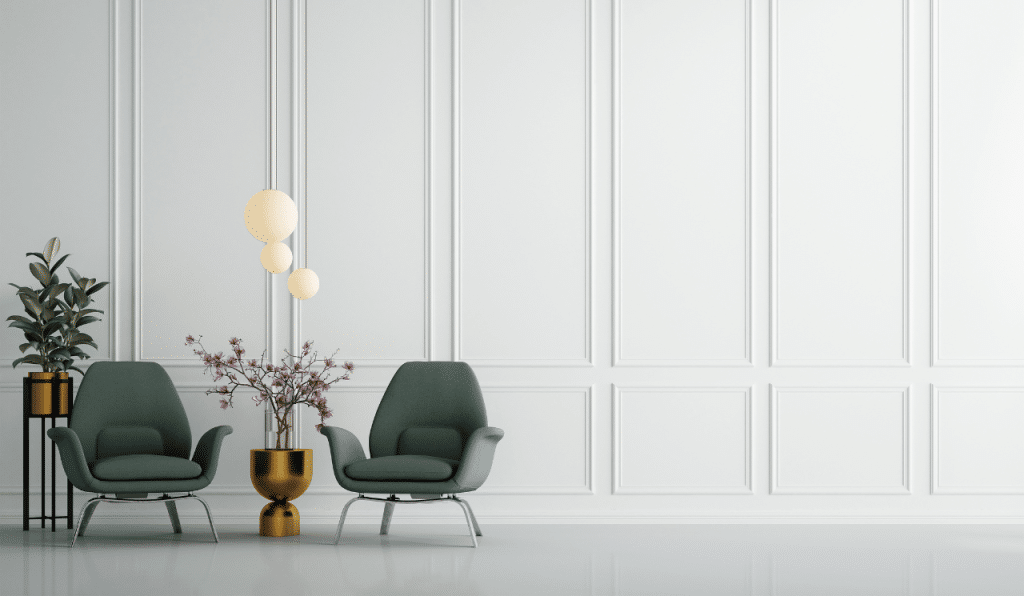
Plastic Panelling
Plastic panelling is a more modern and affordable option for adding panelling to a room. It can be made from a variety of materials, including PVC and fiberglass, and can be finished in a range of colours and patterns. Plastic panelling is often chosen for its affordability and durability.
Advantages of Plastic Panelling
One of the main advantages of plastic panelling is its affordability. Plastic panelling is often less expensive than wood panelling, making it a more accessible option for those on a budget. Plastic panelling is also easy to install, and can be done without the help of a professional.
Disadvantages of Plastic Panelling
One of the main disadvantages of plastic panelling is its lack of natural beauty. Plastic panelling can look artificial and cheap, and may not add the same level of elegance and sophistication to a room as wood panelling. Plastic panelling can also be less durable than wood panelling, and may not last as long.
Conclusion
When it comes to choosing between wood and plastic panelling, there is no right or wrong answer. The decision ultimately comes down to personal preference, budget, and the overall aesthetic of the room. If you’re looking for a traditional and elegant option, wood panelling may be the way to go. If you’re looking for a more modern and affordable option, plastic panelling may be the better choice. Whatever you choose, make sure to select high-quality materials and finishes that will enhance the overall look and feel of the room.

